How is Romanian Christmas celebrated in Dracula’s homeland? Get to know Romanian customs, which combine pagan tradition with Christianity
20. 10. 2023
What will you learn in this article?
One of the most impressive facts about Romanian Christmas is that it combined old pagan customs and Christian traditions.
The result is fascinating rituals.
What does traditional Christmas caroling look like?
What is cazonac?
Let’s discover together how Christmas is celebrated in Romania.
Christmas and mid-winter celebrations in Romania last from 20th December to 7th January. The 20th is called ‘Ziua de Ignat’ or simply ‘Ignat Day’. It is traditional that if the family keeps pigs, one is killed on this day by the head of the household. The meat from the pig is used in the Christmas meals. After the pig is killed, the family members share a dish called ‘Pomana Porcului’ (Pork’s Charity) which is traditionally cooked in a cauldron and consists of a variety of pork bits (pork belly, shoulder, liver, kidneys, etc.) in a garlic sauce and served with mămăligă (polenta). The name ‘Ignat Day’ comes from the 20th is also the saint day of ‘Saint Ignatius of Antioch’ and also ‘Saint Ignatius, Archimandrite of the Kyiv Caves’ in some churches.
When is Christmas celebrated in Romania?
The Christmas season in Romania begins right after St. Andrew’s Day (November 30), when, according to local legends, vampires and evil spirits come to light. The period leading up to Christmas is filled with many celebrations, including the Romanian national holiday (December 1) and the feast of Saint Nicholas (Mos Nicolae), when all children receive presents.
The Christmas celebrations begin on Christmas Eve, the 24th when it’s time to decorate the Christmas Tree. This is done on the evening of Christmas Eve. In Romanian, Christmas Eve is called ‘Ajunul Craciunului’.
On Christmas Day, children go from house to house singing carols and performing in front of adults. They usually dance, too. For this, they receive sweets, fruit, traditional cakes called cozonac, and sometimes money.
Do you know Romanian Christmas traditions?
One Romanian tradition is observing the Christmas fast, which lasts from November 14th to December 24th. During these 40 days before Christmas, no one is allowed to eat meat, eggs, or milk, with a few exceptions, where fish is permitted.
Another custom, especially in the countryside, is the organization of a Christmas party. Every year on St. Ignatius Day (December 20), Romanian families in the countryside sacrifice pigs to have a rich Christmas meal. This event is a very complex “rite” that has been part of local customs for many centuries. It all starts early in the morning with the butcher herself and continues with a series of procedures during which all the meat is carefully prepared.
After killing the pig, family members share a dish called Pomana Porcului (pork tenders), traditionally cooked in a cauldron and consisting of various cuts of pork (belly, shoulder, liver, kidney) in a garlic sauce and served with polenta.
In many parts of Romania, a Christmas tradition on December 25 is for someone to dress up as a goat with a colorful mask and go around carol singers. The goat is called Capra, it jumps, dances and does a lot of mischief.
Another Christmas tradition is the drum group, or dubasi. This is usually made up of single men, but up to 50 or 60 men can be in one band. In addition to drums, saxophone and violin are often played. The band goes around the village, and the men are given a carol.
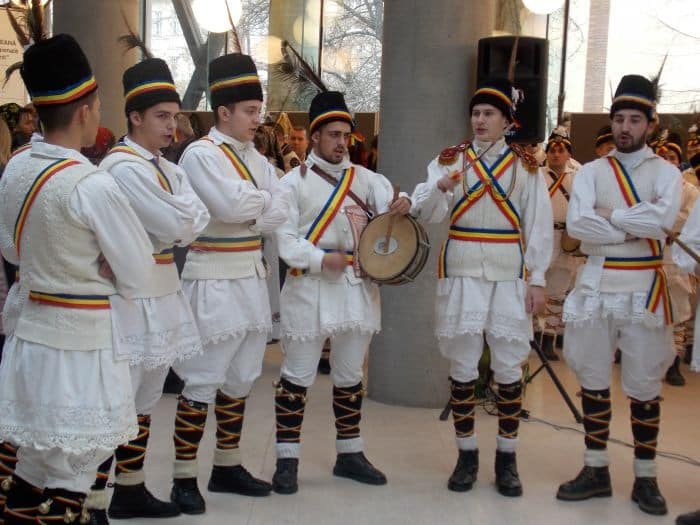
Who brings the children’s presents?
Saint Nicholas, Sfantul Nicolae, or Moş Nicolae, is celebrated with great fanfare and many gifts on December 6. On the eve of St. Nicholas, all Romanian children clean their wellies, place them by the door or window, and sleep expecting Moş Nicolae to fill them with gifts.
In the morning, the most obedient will find many surprises, primarily sweets, hidden in their shoes, while the naughty ones will only see a symbolic stick.
In the past, Christmas in Romania was associated with Santa Claus, or Moş Gerilă, whom Moş Crăciun, or Father Christmas, replaced. On the night between December 24 and 25, they bring gifts to the children on a horse-drawn sleigh.
Similar articles
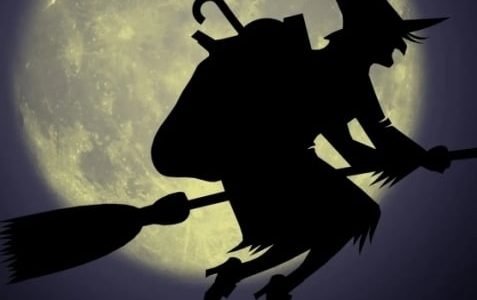
How do Italians celebrate Christmas and what are their customs?
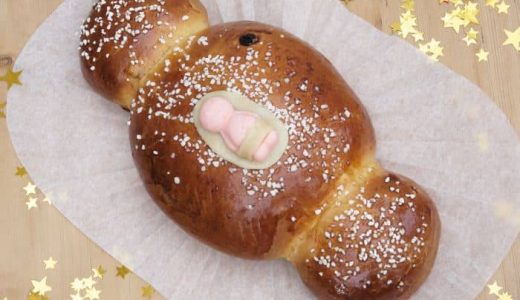
Do you know how Christmas is celebrated in Belgium? Learn about Belgian Christmas traditions in our article

How is the traditional French Christmas celebrated? Who is Père Noël and what is Réveillon?

Learn about Bulgarian Christmas customs and bake delicious baklava!
Who and where leaves gifts for Estonian children? Learn more about how Christmas is celebrated in Estonia.
What is eaten in Romania at Christmas?
In a way, the preparation of the Christmas Eve dinner begins with the slaughter of the pig, when a significant part of the animal is transformed into smoked ham, bacon, cornbread, and other tasty dishes, many of which appear on the Christmas table.
On Christmas morning, women prepare sarmale, meat, and rice rolls wrapped in cabbage leaves, served with polenta, hot peppers, and sour cream, and bake cozonac, a sponge cake with nuts, cocoa, and candied fruit.
Christmas Eve dinner is a rich multi-course meal that includes roast pork, pickled vegetables, and an excellent boeuf salad. Another tradition is ciorba de perisoare, a slightly sour vegetable soup made from fermented bran and minced pork balls.
In addition to cozonac, donuts called gogosi are another Christmas sweet. According to tradition, twelve different types of food would appear on the Christmas Eve menu, symbolizing the twelve months of the coming year.
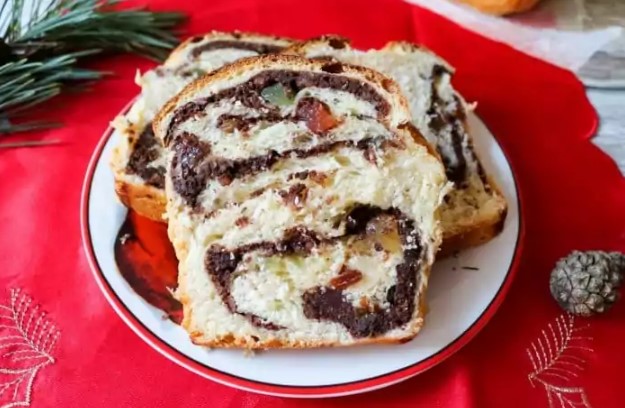
How to prepare your sarmale?
Sarmale is a typical Christmas dish in Romania. Basically, these are rolls made of pickled cabbage or vine leaves blanched in salted water. They contain a mixture of minced meat, rice, and lightly fried onions. Many variations also depend on families and areas of origin.
Ingredients:
- 15 oz of pork
- 15 oz of cabbage
- 2 cups of tomato puree
- 2 cups of rice
- 1 onion
- 1/4 cup of oil
- 1 bouillon cube
- salt
- paprika
- pepper
Method:
- Peel the cabbage leaves one by one and wash them well with water.
- We put some water on the stove, and when it starts to boil, we put the cabbage leaves in it for a few seconds until they soften.
- Then, let the leaves cool.
- Meanwhile, fry the chopped onion in oil in a pot.
- Mix the meat, rice, salt, pepper, paprika, and onion in a bowl.
- We take a cabbage leaf, put some of the prepared meat mixture on it, and roll it up.
- We put the coils in the pot and put them very tightly together so they do not open during cooking.
- When we insert all the rolls, pour a large amount of water over them and cook on low heat.
- When the water starts to boil, add the broth.
- We cook for about an hour, and after 45 minutes, we add the tomato puree.
Let’s try it with polenta, hot pepper, and sour cream.
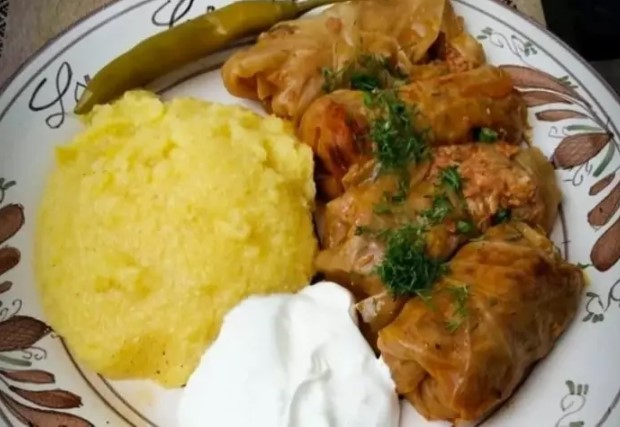
What places to visit in Romania at Christmas?
The beautiful Romanian nature attracts more and more tourists every year. But even Christmas in Romania has its specific charm, which you can get to know, for example, when visiting some well-known cities.
- Sibiu, a city in the continental part of Romania, is known primarily for its historical center, built by German settlers in the Middle Ages. At Christmas, there are beautiful Advent markets with many different activities for children and classic Romanian Christmas treats.
- The city of Brasov is also a popular destination for the Christmas holidays. It is located near the mountains and the famous Poiana Brașov ski resort. Even the local Gothic center is beautifully decorated for Christmas, and there are markets where you can find all kinds of gifts, food, handicrafts, and decorations.
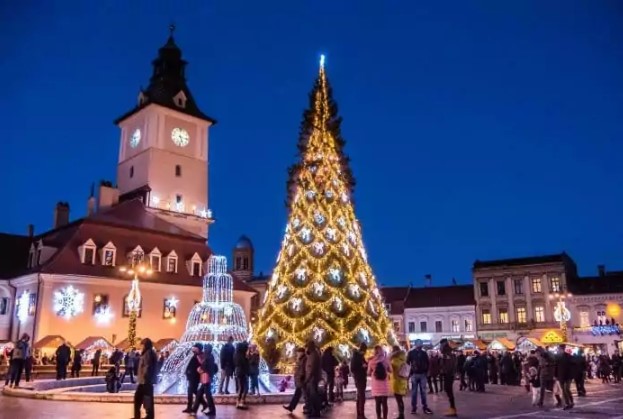
- Bucharest – the most decorated is, of course, the Romanian capital. There is also a spectacular Christmas market organized and decorated in Viennese style.

